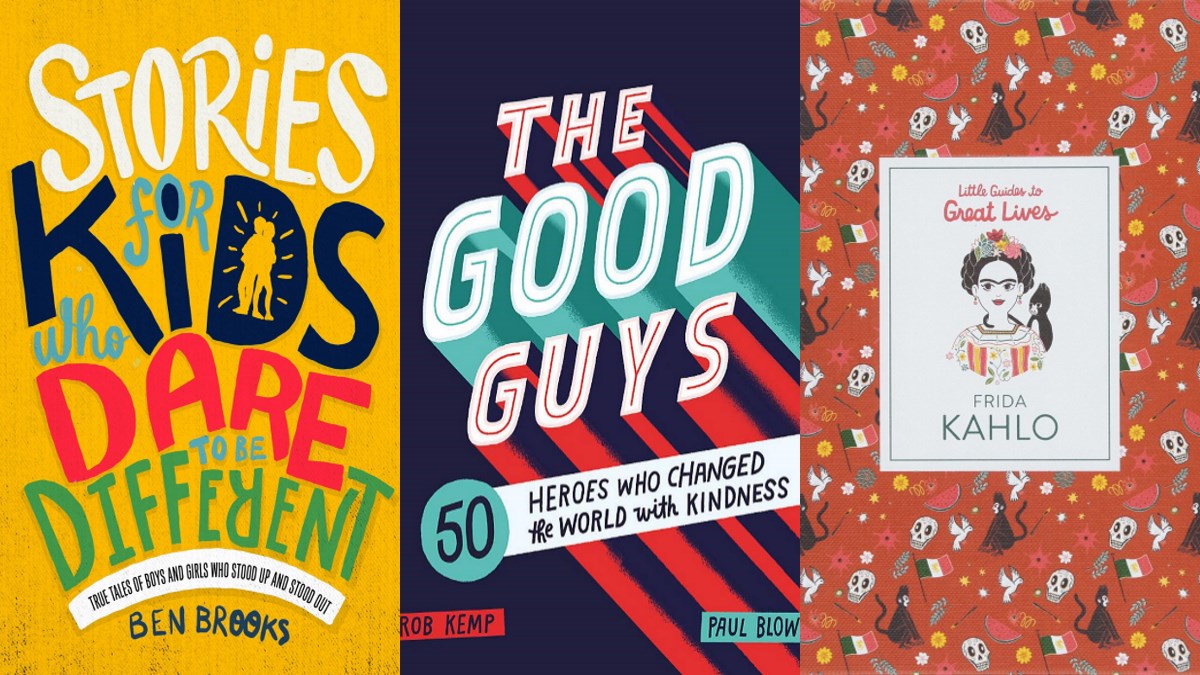Throughout the history of the cultures born from the Roman Empire (collectively called Western Civilization/Culture), all forms of queer storytelling have been suppressed, ignored, or downright erased. These traditions include myths, stories, and even histories of real people which have been slowly eradicated due to their “sinful” or “unnatural” behavior. As Western Civilization touched other parts of the globe, this puritanical view of queerness has seeped throughout the world, leaving massive gaps in folklore, mythology, and history. Thanks to the work of modern scholars, historians, and teachers, these stories are once again resurfacing from hidden places in the world. Queer Mythology: Epic Legends From Around the World by Guido Sanchez is a collection of these rediscovered, re-examined, and newly liberated tales. It is also lovingly illustrated by James Fenner, who has created masterful illustrations for each story.
What Kinds of Stories Are Included?
Sanchez’s collection spans from as far back as the 10th century BCE (“David and Jonathan Anchor Each Other”) and up to one story first written down in the 20th century (“Florinda’s Prayer,” which is certainly older than its first written account). The stories include themes of romance, tragedy, adventure, betrayal, justice, true love, and more. Many forms of queerness are written and illustrated, including gay and lesbian characters, trans characters blessed by gods, gender-fluidity, and stories of characters worried less about labels and more about being a good person, a kind neighbor, and an active member of society.
What Ages Should Read This Book?
The publisher, No Starch Press, has defined the reading age for this book as 11+ and the reading level as 6th grade. I would certainly agree that readers at either of those benchmarks can read and understand this book, but for most of the stories, these myths could be read to (and often by) younger readers. Religion, mythology, and other traditions are often introduced to kids who are too young to ask questions and are rarely presented with inclusive stories that balance those other stories. I firmly believe we should be presenting kids with these kinds of inclusive stories as young as we judge appropriate, but guardians must (and should) be the ones deciding that.
I would also note that each story has an introduction to put the story into context, including the time in which it likely originated, the places and cultures involved, and a brief synopsis of the theme. This makes it very easy to identify whether a story is one you want to consider reading to younger readers.
What Cultures Are Included?
Perhaps one of the best parts of this book is the massive range of peoples and cultures represented. Myths and legends are drawn from the following locations: China, Greece, Chile, Pacific Islands/Hawai’i, Haiti/New Orleans, Benin (Africa), India, Romania, Ancient Israel, Tagalog/Filipino tradition, Innuit tradition (Alaska, Canada, Siberia, and Greenland), Aztec, and Scandinavia.
Does the Art Reflect the Cultures?
James Fenner brings a delightful balance of his bold and striking styles paired with homages to each of the stories and their birthplaces. Each story has an illuminated portrait of the main character(s), placed in a regionally-appropriate locale, and bordered with a doorframe that draws on iconic art from the culture that birthed that tale. For “Lono and Kapa’ihi Confront Pride and Pain,” the illustration features two men sitting in the rain against the verdant and watery landscapes of the Pacific Islands, and the frame has a combination of geometric repeating shapes often seen in art and tattoos from that region along with plants like the hibiscus flower. As I am not an expert on the cultures presented, I will let others who are more qualified than me decide if these pieces are truly representative, but to my eye, it appears that care was taken to represent the cultures in good faith and without white-washing any of the stories.
Are Any of the Stories Controversial?
The unfortunate truth is that queerness has been controversial since the concept of queerness being deviant entered each culture’s beliefs. Any of these stories may be interpreted as controversial, especially since some of the gods mentioned in these tales are still worshipped today. Perhaps the most likely to cause uproar with the most people in the US, though, would be “David and Jonathan Anchor Each Other,” which refers to the most famous queer characters (and their lives as lovers) of Jewish history. Many Christians have learned to contextualize their story as not being queer, though it is inextricably queer and has been recorded in this fashion for millennia. So, give a copy of this book to your Jewish, Muslim, and/or Christian friends knowing that this particular story may stand out to them, though the story itself is quite chaste and beautiful.
TL;DR
Queer Mythology: Epic Legends From Around the World is a book written by Guido A. Sanchez, and illustrated by James Fenner. It covers about 3,000 years of human history from locations around the globe. Each story has one or more characters who are explicitly queer, and many have not been widely circulated before. It’s an appropriate read for most kids 11+, but it can certainly be read to younger kids.




